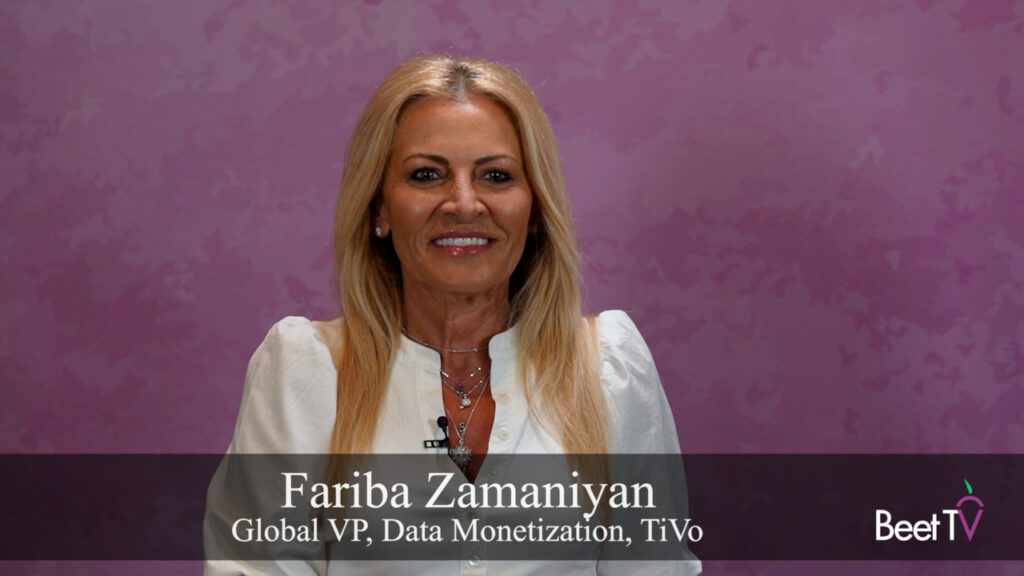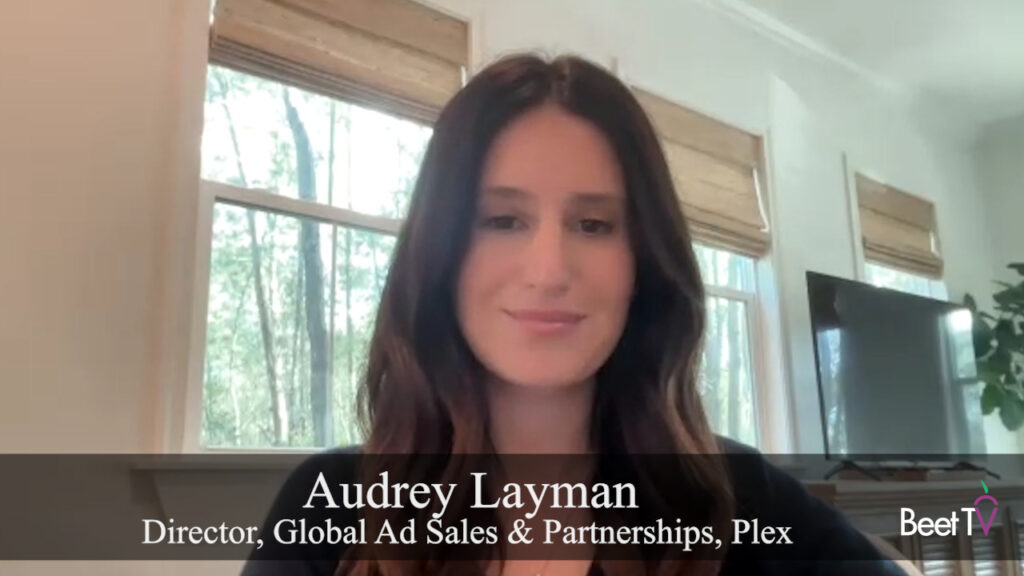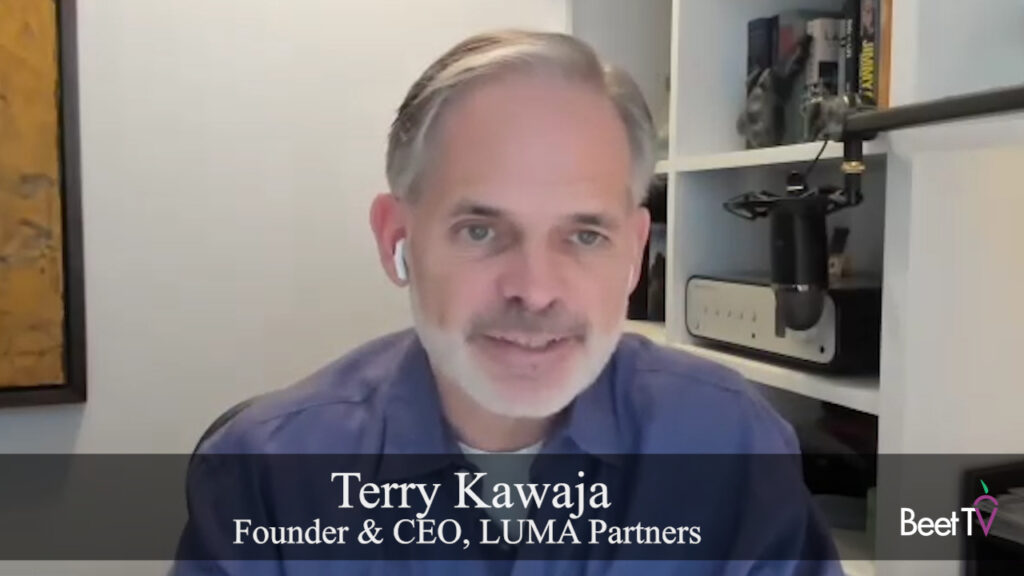Marketers are harnessing consumer data more than ever to help with their audience targeting, but they also face significant uncertainties as privacy becomes a bigger issue. That challenge becomes greater as advertisers look for ways to hone their targeting in a more fragmented media environment that includes a growing number of streaming video services.
Ben Jankowski, senior vice president of global media at Mastercard, said using data for targeting makes investments in media “powerful and productive,” though the moves by technology companies like Google and Apple to make online audience tracking have clouded the outlook for media planning.
“It’s really hard to develop that specific plan when we don’t know what’s going to happen,” he said in this interview with Beet.TV. “We’ve been on calls with some of the big platforms recently, and they’ve made announcements that they’re going to change behavior, but they don’t know the specifics of when, and exactly what’s going to replace it. If the platforms don’t know, then we don’t know.”
Google last year said it would end support for third-party cookies, a common tracking technology, in its popular Chrome browser by early 2022, and later announced that it wouldn’t develop a cookieless alternative. Meanwhile, Apple will soon update the software that runs devices including the iPhone to require apps to ask customers for permission to share identifiers used for tracking.
‘Top-Down’ Approach to Omnichannel
Amid these planned changes, the media, marketing and ad-tech industries have been working to develop technologies to improve ad targeting while protecting privacy. Those efforts coincide with a broader effort to improve media measurement among a growing number of media channels and “walled gardens” like social media and search platforms with their own data.
“The work that the industry is trying to do around cross-media measurement has the potential for a huge change,” Jankowksi said. “We believe we’re making progress in breaking down the ‘walled gardens’ that we’ve whined about for the last number of years, and trying to make progress on: how do I really understand the consumer journey across platforms?”
Jankowski sees a need for a more holistic, “top-down” approach to the omnichannel environment to ensure that consumers aren’t inundated with the same advertising, making the experience less appealing.
“The user experience has not been great,” Jankowski said. “We need to think of video in the macro sense, whether I’m watching video on a big, giant 65-inch TV or I’m watching it on my mobile phone. How am I connecting those experiences?”
You are watching “Break the Cycle,” a leadership series brought to you by IBM Watson Advertising and Beet.TV. For more videos, please visit this page.



































